"Tradition"
Originally composed for the United Methodist Task Force on Disability Ministries, Philadelphia PA
Prophets: Isaiah 29.13-14, 18-19; Gospel: Matthew 15.1-9 (Proper 15, RCL Year A)
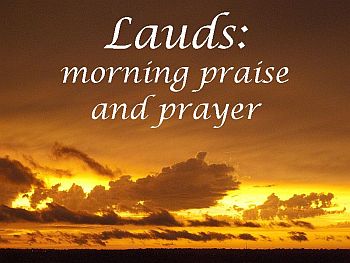 |
 | 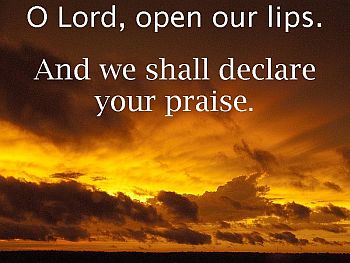 |
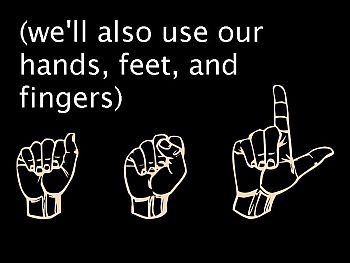 |

| 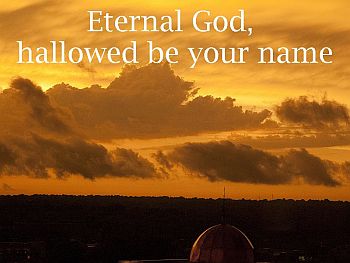 |
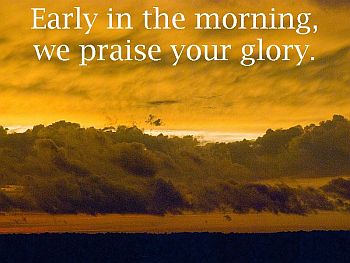 |
 |
 |
 |
We have a lot of traditions,
and our culture (as does every culture) reinforces them — for example, this sculpture in the Library of Congress. As a part of every culture, traditions provide a foundation of meaning and a sense of stability. You've probably noticed that traditions seem to have a life of their own, Traditions are self-reinforcing, to the point that some, such as a story about George Washington and a cherry tree, or Eve eating an apple, survive even when they're shown to be false. |
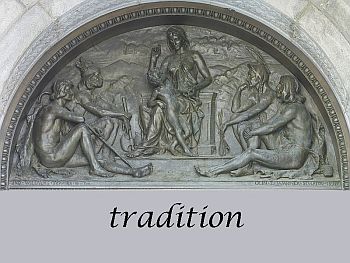 |
The Gospel of Matthew presents a very traditional Jesus,
a Jesus who followed the paths of the prophets. There was one small problem, and one of the reasons why this gospel exists: Matthew had to show that this Jesus whom everyone knew was the one who truly fulfilled the expectations of the Messiah, because in fulfilling the tradition, he wasn't traditional at all. |
 |
Another gospel tells us of such an incident:
when Jesus tells Nicodemus in a pun that he must be born both "from above" and "born again"(John 3.3) And Nicodemus, too tuned to a traditional and literal reading, misses the punnery of a point Jesus makes of listening to the spirit of God, which Jesus told Nick is "a wind that blows where it desires, and you can yourself hear the sound of it, but you cannot understand where it comes from or where it's going" (John 3.8). It was obvious long before Brian McLaren wrote about it (The Secret Message of Jesus) that Jesus had a lot more in common with the Zen masters than the literal historians of Greece, and it was obvious to Matthew and John as well. The reality of God blew in like a storm a storm of the spirit that blows where it will a storm that no one recognized. | 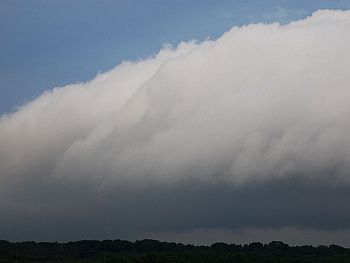 |
| Sometimes traditions are troubling.
Our ancestors taught at various times and places that being left-handed, or not having a voice, or being red-haired, or not being able to walk, or having dark skin, or not being able to hear, was a sign of God's curse. And the church became a vehicle of exclusion. |
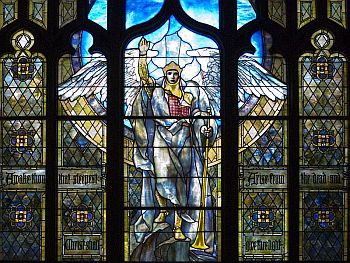 | But the spirit still blows where it desires.
It calls us to be open to God's desire, not our own, which, as we read later in that discussion with Nicodemus, is to reach the whole world with God's love. |
 |
Photos by Tim Vermande unless otherwise credited. Copyright statement.
"A-S-L" in American Sign Language, Parhamr, at http://commons.wikimedia.org/wiki/File:American_Sign_Language_ASL.svg, PD
"Tradition": Olin Levi Warner, Library of Congress Thomas Jefferson Building, LoC DIG-highsm-03146, PD
Angel of the Resurrection, L. C. Tiffany at Indianapolis Museum of Art, photo by Tim Vermande, only educational reproduction allowed.
2 August 2011